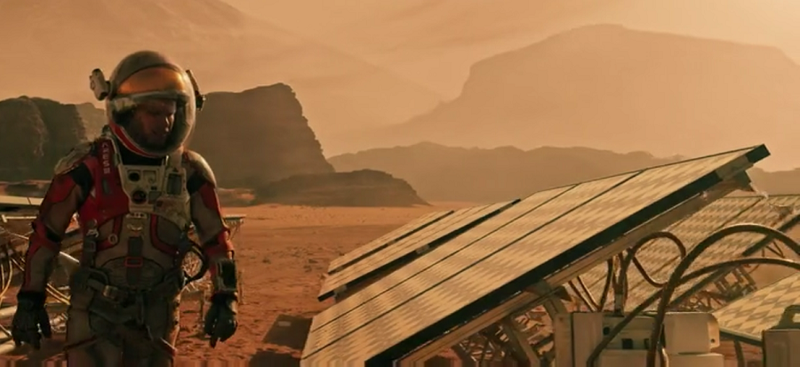Space Consultants | You are my Sunshine
The Challenge | You are my Sunshine
You Are My Sunshine
Create a means to help people understand how much energy comes from a solar panel and create a tool to allow the HI-SEAS crew, or other explorers reliant on solar panels, to plan the daily energy consumption of solar energy.

background:
Earth-orbiting spacecrafts, such as the International Space Station (ISS), require a source of power to be able to perform various functions in space. For example, ISS relies on electrical power to allow the crew to live comfortably, operate the station, and perform scientific experiments.
In space, the sun is a readily available source of energy. NASA has, and continues to develop technologies to convert sunlight into power for ISS and satellite missions, including the Orbiting Carbon Observatory 2 (OCO-2). These technologies include photovoltaic systems (such as solar panels) and solar batteries, which are charged during the sunlit part of the spacecraft’s orbit, storing energy to be used when the spacecraft is not in direct sunlight.
Solar energy technologies are critical to current Earth-observing missions, as well as to our next steps in deep space, including the journey to Mars. Additionally, these technologies have significant applications for ensuring access to reliable and sustainable energy for all on Earth.
In fact, the current NASA-funded Hawaii Space Exploration Analog and Simulation V (HI-SEAS V), a habitat on an isolated Mars-like site on the Mauna Loa side of the Big Island of Hawaii, relies on photovoltaic panels and solar batteries to power its long-duration Mars analog simulation studies. The crew of six uses electricity generated by solar technologies to conduct activities ranging from conducting experiments to cooking and exercising, and thus they must strictly calculate and monitor energy generation by their solar panels.
The concept of solar energy is not instinctively tangible. While we may appreciate the capacity of solar panels and solar batteries, many of us don’t understand how much energy a solar panel actually produces.
Challenges:
- Finding the best type of solar panel that gives maximum outputs.
- Searching for statistics in related data.
Resource:
SpaceApps is a NASA incubator innovation program.